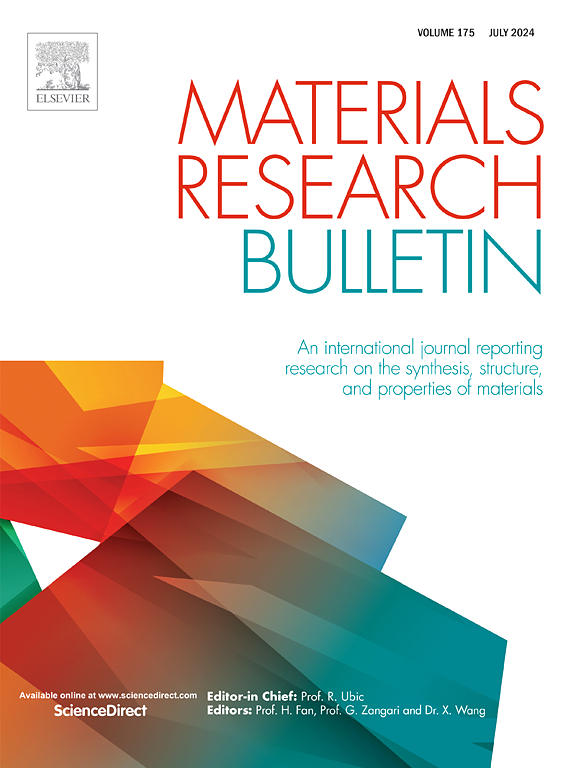Efficient production of activated carbons from PET for organic supercapacitor applications: A single-step approach
IF 5.3
3区 材料科学
Q2 MATERIALS SCIENCE, MULTIDISCIPLINARY
引用次数: 0
Abstract
This study introduces a novel approach for synthesizing supercapacitor electrode materials using polyethylene terephthalate (PET), a plastic facing recycling challenges. Unlike conventional methods that involve separate carbonization and activation steps, we employ a single-step method. In this process, activated carbons are synthesized using potassium hydroxide (KOH) as an activating agent. Remarkably, the yield via the single-step method (S_PACXs) exceeds that of the two-step method (T_PACYs) by at least 1.7 times. During the single-step process, KOH forms a layer on the PET surface before activation, which leads to increased yields, higher specific surface areas, and more developed mesopores. Furthermore, S_PACXs exhibit superior specific surface areas compared to commercial activated carbon. These enhanced properties significantly improve electrochemical performance, with S_PACXs demonstrating superior performance compared to T_PACYs. Ultimately, this study validates the efficiency of the single-step method in producing high-quality activated carbon from PET, saving time and energy, and outperforming the two-step method.

高效生产 PET 活性炭,用于有机超级电容器:一步法
本研究介绍了一种利用聚对苯二甲酸乙二醇酯(PET)合成超级电容器电极材料的新方法,PET 是一种面临回收挑战的塑料。与涉及单独碳化和活化步骤的传统方法不同,我们采用的是单步法。在这一过程中,活性碳是用氢氧化钾(KOH)作为活化剂合成的。值得注意的是,单步法(S_PACXs)的产率比两步法(T_PACYs)高出至少 1.7 倍。在单步工艺中,KOH 在活化前会在 PET 表面形成一层,从而提高了产率,增加了比表面积,并使中孔更加发达。此外,与商用活性炭相比,S_PACX 表现出更大的比表面积。这些增强的特性大大提高了电化学性能,与 T_PACYs 相比,S_PACXs 表现出更优越的性能。最终,这项研究验证了单步法从 PET 中生产高质量活性炭的效率,节省了时间和能源,性能优于两步法。
本文章由计算机程序翻译,如有差异,请以英文原文为准。
求助全文
约1分钟内获得全文
求助全文
来源期刊

Materials Research Bulletin
工程技术-材料科学:综合
CiteScore
9.80
自引率
5.60%
发文量
372
审稿时长
42 days
期刊介绍:
Materials Research Bulletin is an international journal reporting high-impact research on processing-structure-property relationships in functional materials and nanomaterials with interesting electronic, magnetic, optical, thermal, mechanical or catalytic properties. Papers purely on thermodynamics or theoretical calculations (e.g., density functional theory) do not fall within the scope of the journal unless they also demonstrate a clear link to physical properties. Topics covered include functional materials (e.g., dielectrics, pyroelectrics, piezoelectrics, ferroelectrics, relaxors, thermoelectrics, etc.); electrochemistry and solid-state ionics (e.g., photovoltaics, batteries, sensors, and fuel cells); nanomaterials, graphene, and nanocomposites; luminescence and photocatalysis; crystal-structure and defect-structure analysis; novel electronics; non-crystalline solids; flexible electronics; protein-material interactions; and polymeric ion-exchange membranes.
 求助内容:
求助内容: 应助结果提醒方式:
应助结果提醒方式:


